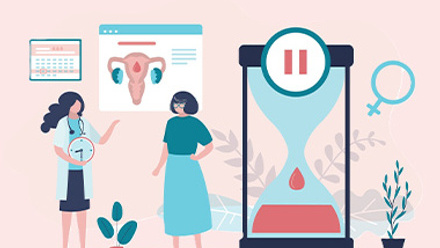6 ways to support employees who are victims of domestic abuse
The government has recently been urged to crack down on domestic abuse and provide support and protection for survivors. With changes to legislation, workplace culture and employment rights, it has become increasingly important for companies to consider the mental health, wellbeing and safety of their employees.
The first solid definition of domestic violence was introduced into UK legislation in 2021. The government also reviewed employment rights to see if more could be done in the workplace to help people experiencing domestic abuse.
The Domestic Abuse Act
Domestic abuse is defined in the Domestic Abuse Act 2021 as “any single incident or pattern of conduct where someone’s behaviour towards another is abusive, and where the people involved are aged 16 or over and are, or have been, personally connected to each other (regardless of gender or sexuality).
Behaviour is considered ‘abusive’ if it consists of any of the following:
- Physical or sexual abuse.
- Violent or threatening behaviour.
- Controlling or coercive behaviour.
- Economic abuse.
- Psychological, emotional or other abuse.
It does not matter whether the behaviour consists of a single incident or a course of conduct.
With almost 2.3 million victims every year in the UK, and more than one in 10 of all offences recorded by the police being domestic abuse related, the effects are far reaching. Those who experience domestic abuse suffer significant impacts to their physical, mental and emotional health. In the workplace, the effects can include workflow management, morale and increased staff turnover.
Under the Health and Safety at Work Act 1972, “employers have a legal duty to secure the health, safety and welfare of employees at work.” This requires employers to take reasonable steps to protect the mental and physical health of their employees.
What employers can do
1. Develop awareness
Ensure line managers are aware of the signs which could indicate that someone is experiencing domestic abuse, such as:
- Changes in social behaviour and or body language (becoming withdrawn or failing to attend planned events).
- Unexplained absences from work or changes to working patterns (such as working from home more regularly).
- Changes in normal behaviour or indications that they do not have control of their time or access to funds.
- Difficulties with time management.
- Decreased performance or reliability.
- Lack of energy or increased tiredness.
- Visible appearance of bruises or injuries or use of clothing or heavy makeup to hide injuries.
Consider arranging training to ensure staff members know what to look out for and what comprises abuse, as colleagues are often the first to spot warning signs.
2. Develop a domestic abuse support policy
A clear domestic abuse support policy provides clear guidance on what to do if managers suspect domestic abuse. Consider including:
- How to recognise the problem (including how to support specific individuals e.g. those who work from home, when warning signs can be harder to spot).
- Responding appropriately to disclosures (how, and by whom).
- Safety measures to protect employees (i.e. security systems or safe leave).
- Information as to how support employees effectively using company specific resources.
3. Have key signposting information available
It is vital that an organisation has knowledge of the core organisations and support systems that they can refer an employee to – medical and emergency services, charitable organisations, counselling services as well as any support already offered as part of a benefits package. Information should be made readily available and accessible by all employees such as on intranet pages, notice boards and other physical locations in the workplace or on staff communication channels.
4. Consider your benefits package
Consider how your benefits could help those suffering from domestic abuse. When considering employee wellbeing, a holistic review of your current benefits package will go a long way to ensuring that resources such as counselling or one-to-one support are available for those that need them, irrespective of whether they choose to share their experiences with their employer.
5. Be flexible and adaptable
Consider how you can support your whole work force and that different employees will have different needs. Best-practice employers often offer an existing right to request flexible working by employees who face domestic abuse. As many as one in five victims may need to take time off work because of abuse and it is important to consider what flexibility can be offered, allowing employees time to move into new accommodation, access medical help or counselling and deal with support services, without losing their income.
6. Ensure inclusivity
Ensure that any policy is inclusive and consider carefully the language used. Domestic violence does not discriminate, so ensure any policy does not alienate any particular group.
Best Practice
- Provide a period of paid ‘safe leave’ for employees.
- Flexible leave to allow staff to attend appointments or to change work environments.
- Deliver training for HR and line managers.
- Offer support programmes (Lloyds Banking Group developed an initiative providing emergency accommodation, food and one-to-one support).
- Develop a domestic abuse policy.
- Create a toolkit or resource for managers and HR staff.
Employers play a key role in helping to combat the effects of domestic violence, so it is important to ensure that firm policies are in place to support the welfare of your employees.
Supplied by REBA Associate Member, ApiaryLife
Life stage and life event support delivered by experts with legal backgrounds.








